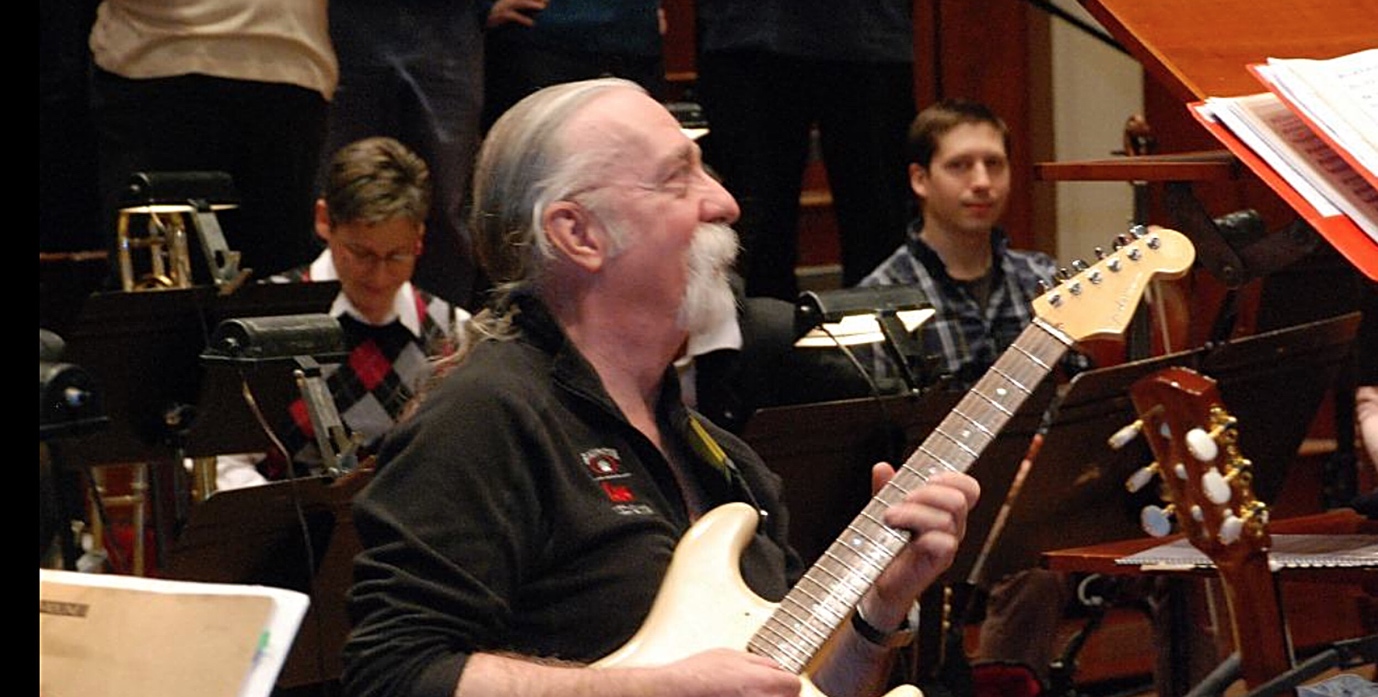The OODA Loop? Non-Linear Thinking? Part of a simple formula for problem-solving and being innovative in a competitive environment.
Jeffrey “Skunk” Baxter, founding member of Steely Dan and a member of the Doobie Brothers during the 1970’s, a celebrated session guitarist for a diverse group of artists, entered his second profession in the mid-1980s, when he began working as a defense consultant and advised US members of Congress and the Pentagon on missile defenses. He is recognized as one of the United States’ national-security well-known counterterrorism experts. In this role, Baxter helps both policy makers and defense contractors better understand the way terrorists think and plan attacks.
This short article is a summary of a one hour video, Asymmetrical Thinking in a Conventional World, an InnoTown Conference
Innovation and creativity come out of some sort of perceived conflict. Baxter tells us that war and diplomacy are one and the same on a wavelength: agreements, rupture of agreement or, conflict, dialogue, and agreement, etc. Jeffrey “Skunk” Baxter is NOT a fan of war yet he tells us that one of the interesting things regarding wars is that they have given rise to innovations we find common today. For instance, the invention of radars, computers, satellites, jet engines to superglue and freeze-dried coffee came out of WWII. To be competitive and win, we can become innovative. Embracing challenges as opportunities can set the stage for out-of-the box-thinking.
How do you promote creativity and make innovation happen?
An idea that came out of aerial combat, the OODA Loop, is a simple, yet a very effective formula for quick thinking in problem-solving, getting an advantage over others in a competitive environment. Apply that algorithm, whether it’s fixing a doorstop to getting a child to do his homework, says Jeffrey “Skunk” Baxter, will amaze us on how well it works. The OODA Loop (4 mins video) - Observe, Orient, Decide, Act - is a decision-making tool that was developed by Air Force Colonel John Boyd in aerial combat in the 1950’s; Boyd used this model to help pilots make decisions more quickly, giving them an advantage over their enemies while in combat. According to the concept of the OODA Loop, the key to victory is to be able to create situations wherein one can make appropriate decisions more quickly than one’s opponent.
The OODA Loop is a model, a strategy that offers practical agility in responding to forces that influence decision-making. It has been applied in business, sports, martial arts, the military, and with first responders in emergencies, among others. The OODA Loop incorporates fluid feedback, allowing for adaptations and returning to any stage in the process, enhancing problem-solving capabilities and helps in competitive environments.
The OODA Loop:
- Observation: the collection of data by means of the senses
- Orientation: the analysis and synthesis of data to form one’s current mental and physical perspective
- Decision: the determination of a course of action based on one’s current perspective
- Action: the physical playing-out of decisions
Another component to problem-solving, to being creative, and to innovation is the application of the concept of analysis and synthesis. With analysis, problems are deconstructed to their smallest components. This process of deconstruction enables the problem to be seen from different perspectives, providing a better understanding of the issue at hand. Yet, analysis is only half of it! We cannot stop with simple analysis to be innovative. Next comes synthesis. Synthesis involves putting the components together in a novel way, paving the way for innovative solutions. To illustrate the simple elegance of this solution, Baxter broke down the Steely Dan song My Old School, changing the tempo, chords, and melody to turn it into a country-style tune. He broke it down to its basic components and resynthesizing them and came up with a variation of the same song, yet it sounds distinct from the original version.
Innovation flourishes when we use non-linear thinking, thinking on multiple levels, examining a problem from various facets, and assuming different roles. Athletes and musicians use non-linear thinking, thinking quickly and coming up with instant strategies. Jeff “Skunk” Baxter offers the example of a basketball player who thinks strategically and dynamically during a game. The basketball player assumes several roles during the game: a runner, a wrestler, and a strategist who calculates to whom to pass the ball or when and how to throw the ball, so it goes into the loop, all within seconds.
The ability to look at a problem from different viewpoints, at several different levels, is what musicians do when they play music. It’s not just about playing, it’s about thinking about time, tempo, harmony, counterpoint, composition, lyric, so many different things, all happening at the same time. This is applying non-linear thinking. A group of jazz musicians may take a musical theme where each member analyzes the chosen theme and interprets it in his own way. Each musician in the group takes their turn, everyone improvises over the theme, creating something new. Respect for each one’s interpretation is paramount to success for the group.
Applying non-linear thinking is a prerequisite for innovation.
There is no limit what we can achieve with our imagination; however, fear, a potent inhibitor of creativity, must be eliminated. The OODA Loop, Analysis, deconstructing and breaking down the problem into its smallest pieces, and Synthesis, reconstructing, creating something different from those pieces, combined with Non- Linear Thinking, can serve as a powerful set of tools to problem solving and innovation. It is not the only way to be creative and innovative, but it is a proven method.
For the full presentation, I invite you to watch, Asymmetrical Thinking in a Conventional World,
January 2024
Marcia Banks
Contributor to LePôle
Related article : What A “Hippie Rock Guitarist With Top Secret Clearances” Has To Do With Managed Services. By John Oncea
